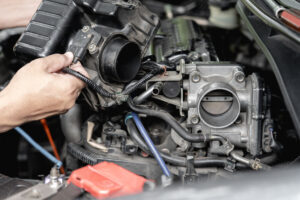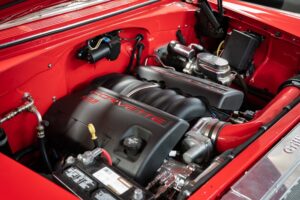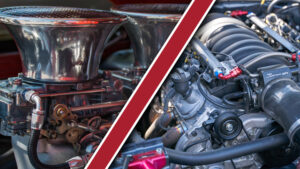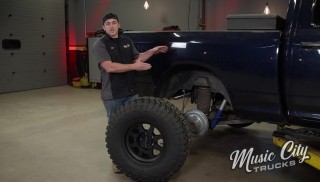Engine Oil Demystified: What Those Numbers and Approvals Really Mean?
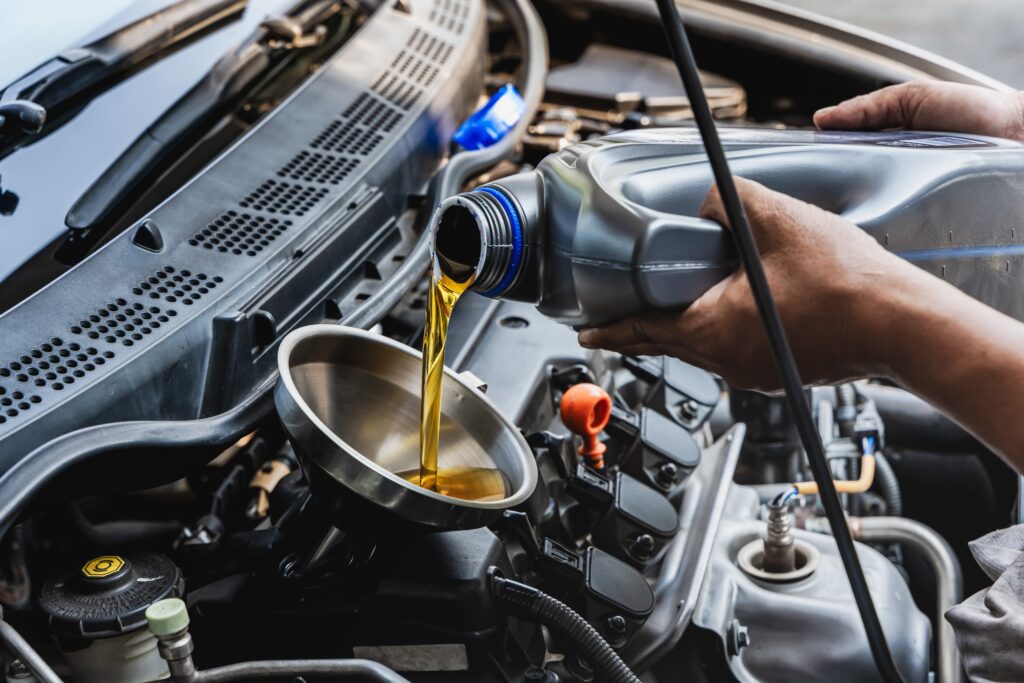
If you’ve ever stood in the oil aisle at an auto parts store, scratching your head over bottles labeled 5W-30, 10W-40, or 0W-20, you’re not alone. Engine oil isn’t just some slippery stuff you pour in to keep things running smoothly—it’s a critical lifeline for your engine. Understanding the numbers and approvals on that bottle can be the difference between a healthy engine and a costly repair bill. Let’s break it down.
Table of Contents
Decoding the Numbers: Viscosity 101
Those numbers on the bottle? They tell you how the oil performs at different temperatures. The “W” stands for Winter, and the number before it represents the oil’s viscosity (or thickness) in cold conditions. The number after the “W” represents the viscosity at operating temperature (around 212°F).
Here’s an example:
- 5W-30: This oil flows well in cold temperatures (the lower the first number, the better it flows in the cold) and maintains a stable viscosity when hot.
- 10W-40: This oil is a little thicker in the cold compared to 5W, but it maintains a higher viscosity at operating temperature, meaning it provides a thicker film of protection when hot.
Why does this matter? Because engine wear happens most during cold starts. Thinner oil flows faster on startup, reducing wear. Meanwhile, the second number ensures the oil maintains proper protection when the engine is fully warmed up.
Choosing the Right Viscosity
Your vehicle’s owner’s manual will specify the recommended oil weight. If your manual says 5W-30, don’t just assume 10W-40 is better because it’s “thicker.” Modern engines are designed with specific tolerances, and using the wrong oil can affect fuel efficiency, performance, and even cause engine damage over time.
That said, some older engines or high-performance builds might benefit from a different oil weight. For example:
- High-mileage engines sometimes benefit from a slightly thicker oil (like 10W-40) to reduce oil consumption and leaks.
- Performance engines may require a more stable viscosity under high heat, such as 5W-50 in turbocharged applications.
- Cold climates often call for lower winter viscosity, like 0W-20, for better startup protection.
Oil Approvals and Why They Matter
You’ve probably seen labels like API SN PLUS, ILSAC GF-6, Dexos1 Gen 2, or ACEA A3/B4 on oil bottles. These aren’t just marketing fluff—they indicate that the oil meets specific industry and manufacturer standards.
Here’s why they matter:
- API (American Petroleum Institute): Ensures the oil meets industry standards for wear protection, deposit control, and fuel efficiency. Look for API SN, SP, or newer.
- ILSAC (International Lubricants Standardization and Approval Committee): Focuses on fuel economy and emissions system compatibility, with classifications like GF-6A (for older engines) and GF-6B (for low-viscosity modern engines).
- Dexos (General Motors Standard): Required for GM vehicles; Dexos1 for gas engines, Dexos2 for diesels.
- ACEA (European Standards): European engines often require more stringent oil approvals, like ACEA A5/B5 for extended drain intervals and high-performance applications.
Using an oil that meets these approvals ensures that it won’t break down prematurely, cause sludge buildup, or lead to costly engine issues. If your manual specifies a certain standard, stick with it—especially for turbocharged or direct-injection engines, where oil plays a crucial role in preventing low-speed pre-ignition (LSPI).
Synthetic vs. Conventional Oil
Most modern vehicles recommend synthetic oil due to its superior performance at extreme temperatures, better resistance to breakdown, and extended drain intervals. However, older engines designed for conventional oil may not need full synthetic—unless you’re looking for better protection.
Here’s a quick breakdown:
- Full Synthetic: Best for extreme conditions, turbocharged engines, and extended oil change intervals.
- Synthetic Blend: A mix of conventional and synthetic, offering better protection at a lower cost.
- Conventional Oil: Works fine for older, non-turbocharged engines that don’t see extreme conditions.
Final Thoughts
Choosing the right oil isn’t just about picking a brand—it’s about getting the right viscosity and approvals for your engine. Whether you’re daily driving, towing, or building a high-performance engine, oil is one of the most critical fluids keeping your ride alive. Stick to your manufacturer’s recommendations, and don’t fall for myths like “thicker oil is always better” or “synthetic oil causes leaks”—modern oils are engineered for specific applications, and using the right one will keep your engine running strong for years to come.
Now, time to pop the hood and make sure you’re running the right stuff!
